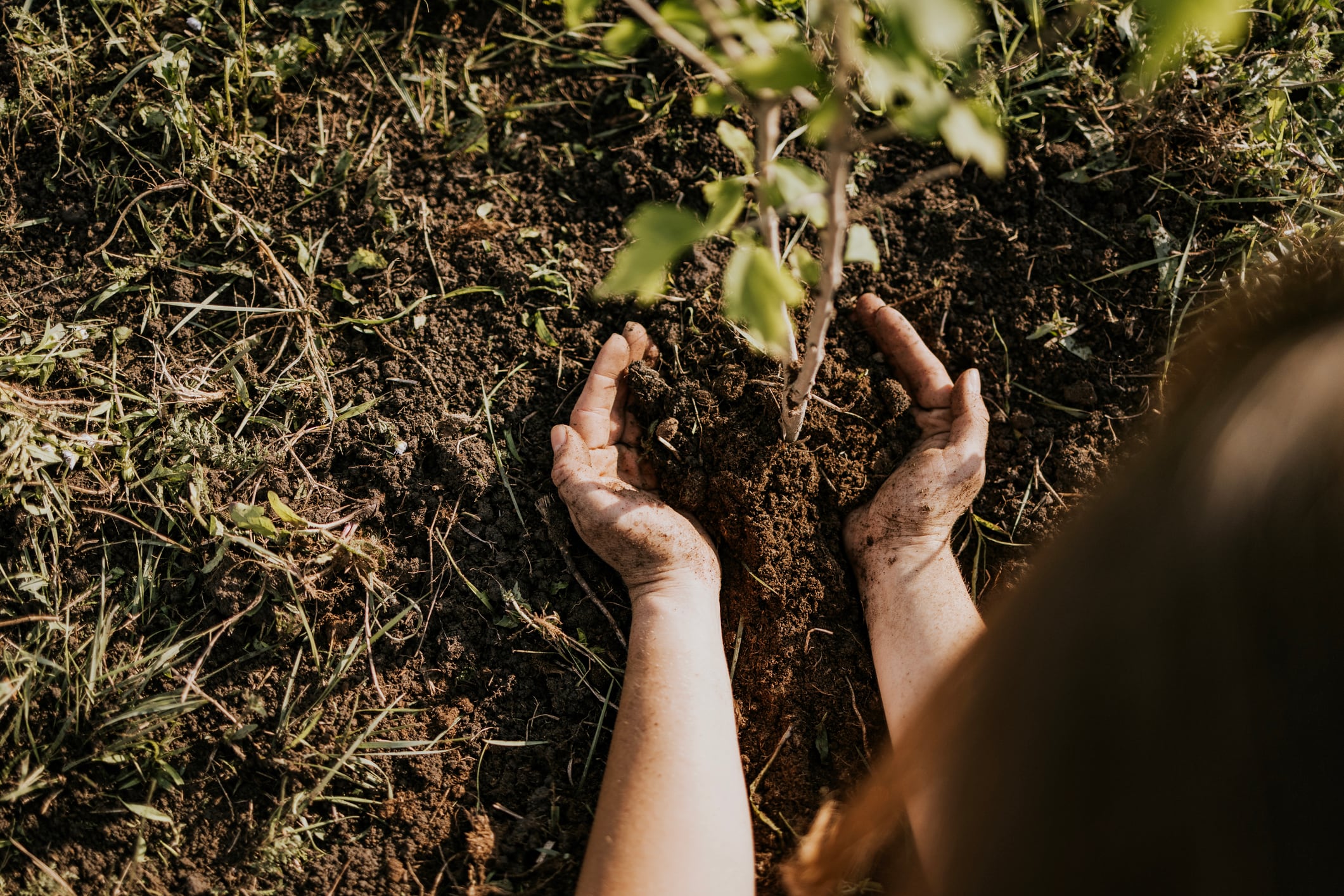As beauty and personal care brands step up sustainability efforts, integrating Next Generation (Next Gen) packaging materials into existing production lines remains a significant hurdle.
According to the non-government organization Canopy, each year, more than 3 billion trees are cut down to produce paper packaging and fabric, much of which is utilized in beauty product e-commerce.
“One of the primary opportunities is to create awareness and understanding of the Next Gen material options currently available, as well as how these can be integrated into existing production systems,” Hector Magallon Larson, Strategic Lead, Personal Care/Beauty at Canopy, told CosmeticsDesign.
Earlier this year, Canopy announced the expansion of its EcoPaper Database tool, which now includes more than 1,400 market-available, lower-impact packaging options for B2B stakeholders across multiple CPG industries to help remove forests from supply chains.
For example, Magallon Larson illustrated, “companies like Monadnock Paper Mills in the USA have designed packaging grades with the sector in mind and that can be used by converters and printers.”
We asked Magallon Larson for his insights into the challenges of implementing next-gen packaging solutions in the beauty supply chain, including a look at a current case study of eco-friendly packaging success story LUSH, as well as his thoughts on the future of sustainable packaging options for beauty brands.
Aligning with new standards in recyclability and regulation
Concerns about how well new materials perform in existing recycling systems persist, but evidence supports their viability.
“Non-wood fibre packaging, made from materials such as wheat straw or bagasse, can be just as recyclable as packaging made from forest fibres,” said Magallon Larson. “These alternatives are already being successfully recycled in conventional paper streams, and certified as such by credible organizations.”
He pointed to upcoming regulatory changes, including the EU’s Packaging and Packaging Waste Regulation (PPWR), which will demand recyclability at scale. Brands that fail to adapt risk falling out of compliance, he cautioned.
However, Magallon Larson acknowledged a common compliance concern: cost. “There is a persistent perception that Next Gen packaging materials come with a higher price point,” he said.
“While upfront costs may vary, this view often overlooks the long-term economic benefits of innovation,” he explained, “including meeting regulatory requirements, achieving sustainability targets, strengthening brand reputation, and responding [to] consumer demand for sustainability.”
A real-world example of a viable path forward
Companies like LUSH are already demonstrating the feasibility of low-impact packaging strategies, Magallon Larson cited.
The business “is a good example of a beauty and personal care company using a combination of initiatives to reduce their packaging footprint,” he said.
According to a Canopy case study, LUSH employs a blend of ‘naked’ packaging, reusable containers, and 100% recycled content across its paper and plastic packaging formats, alongside a take-back program.
This eco-friendly approach is an example of a successful model for beauty brands to consider, and the case study noted that since 2005, LUSH has avoided nearly 14,000 tons of plastic from being produced and discarded through the sale of solid, package-free products, including soaps, deodorants, and shampoo and conditioner bars.
Pitfalls to avoid: Not all paper is eco-friendly
One of the most frequent missteps brands make is assuming all paper is better than plastic.
“If the paper is made from virgin forest fiber, especially from carbon and biodiversity-rich Ancient and Endangered Forests, this switch risks trading one environmental crisis, plastic pollution, for another: deforestation and biodiversity loss,” Magallon Larson warned.
Therefore, he reasoned, “sustainable paper packaging is only truly beneficial when it is made from recycled content or innovative Next Gen materials such as agricultural residues.”
In contrast, he illustrated, Life Cycle Analyses show that Next Gen fibres “require 88–100% lower land use, have five times lower impact on biodiversity, and produce approximately four tons less carbon emissions per ton of product.”
Circular innovation and scalable solutions
Moving forward, Magallon Larson predicted that material science is the next frontier. “Fiber for paper and paperboard doesn’t need to come from forests,” he said.
Rather, “it can come from a variety of non-forest sources, such as leftover agricultural residues, including wheat straw, rice husks, and hemp stalks.”
By turning waste into packaging, these innovations reduce pressure on forests and mitigate agricultural waste and emissions.
“With the right investment and collaboration across supply chains, these innovations will soon be not just alternatives, but the new norm,” Magallon Larson concluded.




